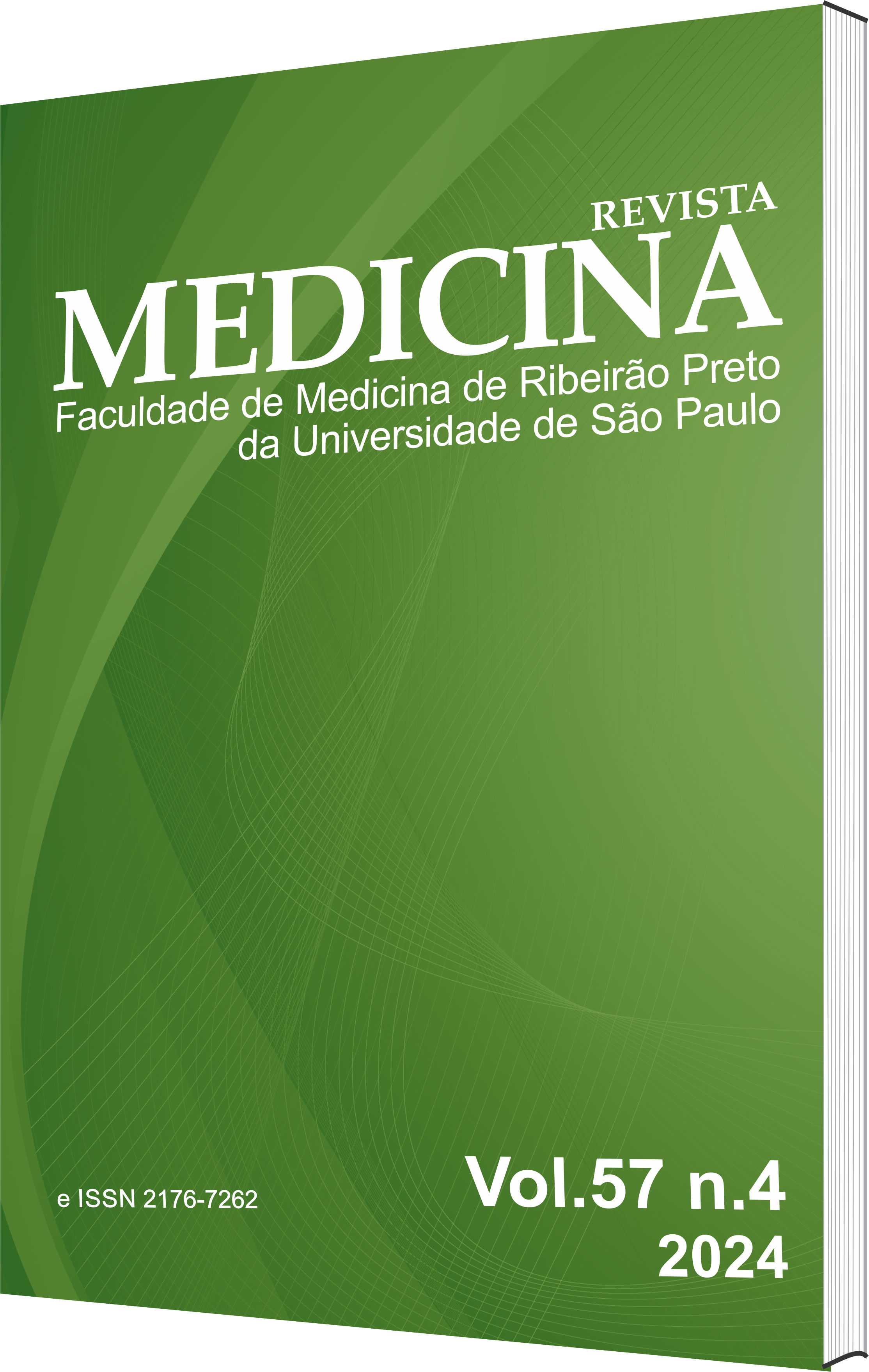Symmetrical drug-related intertriginous and flexural exanthema induced by Peruvian macado por maca peruana
DOI:
https://doi.org/10.11606/issn.2176-7262.rmrp.2024.205103Keywords:
Drug hypersensitivity, Exanthema, Phytotherapeutic drugsAbstract
Symmetrical drug-related intertriginous and flexural exanthema (SDRIFE) or baboon syndrome is an uncommon cutaneous drug eruption that occurs after the systemic administration of drug-related allergens. It is characterized by well-delimited erythema in the gluteal and perianal regions and involvement of other intertriginous /flexural areas, without other systemic signs or symptoms. We present a case of a 73-year-old man who developed erythematous maculopapular exanthema in flexural areas, after using a herbal medication called Peruvian maca (Lepidium meyenii), which has not been previously reported to cause SDRIFE.
Downloads
References
Häusermann P, Harr T, Bircher AJ. Baboon syndrome resulting from systemic drugs: is there strife between SDRIFE and allergic contact dermatitis syndrome? Contact Derm. 2004;51:297-310. doi: 10.1111/j.0105-1873.2004.00445.x.
Andersen KE, Hjorth N, Menné T. The baboon syndrome: systemically-induced allergic contact dermatitis. Contact Derm. 1984;10:97-100. doi: 10.1111/j.1600-0536.1984.tb00343.x.
Miyahara A, Kawashima H, Okubo Y, Hoshika A. A new proposal for a clinical oriented subclassification of baboon syndrome and a review of baboon syndrome. Asian Pac J Allergy Immunol. 2011;29(2) 150-60.
Muresan A-M, Metze D, Böer-Auer A, Braun SA. Histopathological spectrum and immunophenotypic characterization of symmetrical drug-related intertriginous and flexural exanthema. Am J Dermatopathol. 2021;43(2):103-11. doi: 10.1097/DAD.0000000000001722.
Tan SC, Tan JW. Symmetrical drug-related intertriginous and flexural exanthema. Curr Opin Allergy Clin Immunol. 2011;11(4):313-318. doi:10.1097/ACI.0b013e3283489d5f
Gonzales GF. Ethnobiology and ethnopharmacology of Lepidium meyenii (Maca), a plant from the peruvian highlands. Evid Based Complement Alternat Med. 2012;2012:193496. doi: 10.1155/2012/193496.
Downloads
Published
Issue
Section
License
Copyright (c) 2024 Lara Braschi Haliski, João Victor Bezerra , Luiza Vasconscelos, Marilda Aparecida Milanez Morgado de Abreu

This work is licensed under a Creative Commons Attribution 4.0 International License.







